Contents
Contents
Rick Steves Walk:
HISTORIC PARIS
Rick Steves, Steve Smith & Gene Openshaw
Historic Paris Walk
Ile de la Cit and the Latin Quarter
Please note: to hear these audio tours, your device must support embedded audio.
PlayAudio Pause Resume
Paris has been the cultural capital of Europe for centuries. Well start where it did, on Ile de la Cit, with a foray onto the Left Bank, on a walk that laces together 80 generations of historyfrom Celtic fishing village to Roman city, bustling medieval capital, birthplace of the Revolution, bohemian haunt of the 1920s, and the working world of modern Paris. Along the way, well step into two of Paris greatest sights: Notre-Dame and Sainte-Chapelle.
Allow a good four hours for this three-mile walk, including time inside the sights. Allow a little more time to pause for lunch or a caf crme, to browse for antique books, or to watch the lazy flow of the timeless Seine.
Paris Museum Pass: Because several sights on this walk are covered by the pass, consider picking it up before your walk (or, on the Ile de la Cit, at the tabac by Sainte-Chapelle at 5 Boulevard du Palais).
Notre-Dame Cathedral: Free, open Mon-Fri 7:45-18:45, Sat-Sun 8:00-19:15. Modest dress expected. The cathedral hosts several masses (early morning, noon, and evening), plus Vespers at 17:45. For a schedule of services, organ concerts, and summer night spectacles, call or check the website. Tel. 01 42 34 56 10, notredamedeparis.fr.
Tower Climb: The entry for Notre-Dames towers is outside the cathedral, on the left side. Its 400 steps up, but its worth it for the gargoyles-eye view of the cathedral, Seine, and city. It costs 8.50, and is covered by the Museum Pass, but theres no bypass line for passholders. Open April-Sept daily 10:00-18:30, Fri-Sat until 23:00 in July-Aug; Oct-March daily 10:00-17:30; last entry 45 minutes before closing. To avoid peak season crowds, arrive before 10:00 or after 17:00.
Paris Archaeological Crypt: 4, covered by Museum Pass, Tue-Sun 10:00-18:00, closed Mon, last entry 30 minutes before closing.
Deportation Memorial: Free, Tue-Sun April-Sept 10:00-19:00, Oct-March 10:00-17:00, closed Mon year-round, may randomly close.
Shakespeare and Company Bookstore: Mon-Fri 10:00-23:00, Sat-Sun 11:00-23:00; tel. 01 43 25 40 93.
Sainte-Chapelle: 8.50, 12.50 combo-ticket with Conciergerie, covered by Museum Pass. Open March-Oct daily 9:30-18:00, Wed until 21:30 mid-May-mid-Sept; Nov-Feb daily 9:00-17:00; last entry 30 minutes before closing. Avoid the ticket line with a Museum Pass or a combo-ticket bought at the Conciergerie. Security is strict at the entrance. No one can skip to the front of the security line (though you could flash your pass and try). To minimize the wait, arrive before opening or visit late.
Conciergerie: 8.50, 12.50 combo-ticket with Sainte-Chapelle, covered by Museum Pass. Open daily 9:30-18:00, last entry 30 minutes before closing. Tel. 01 53 40 60 80.
Audio Tour: You can download this chapter as a free Rick Steves audio tour.
WCs: At Notre-Dame (free), Sainte-Chapelle, the Conciergerie, and cafs.
Please note: to hear these audio tours, your device must support embedded audio.
PlayAudio Pause Resume
Start at Notre-Dame Cathedral on the island in the Seine River, the physical and historic bulls-eye of your Paris map. The closest Mtro stops are Cit, Htel de Ville, and St. Michel, each a short walk away.
 On the square in front of the cathedral, stand far enough back to take in the whole facade. Find the circular window in the center.
On the square in front of the cathedral, stand far enough back to take in the whole facade. Find the circular window in the center.
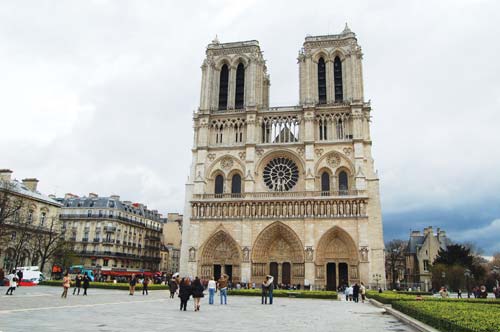
Notre-Damea 200-year construction project
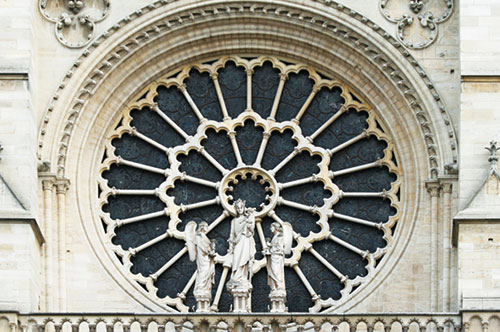
Rose window framing Our Lady
Please note: to hear these audio tours, your device must support embedded audio.
PlayAudio Pause Resume
For centuries, the main figure in the Christian pantheon has been Mary, the mother of Jesus. This church is dedicated to Our Lady (Notre Dame), and there she is, cradling God, right in the heart of the facade, surrounded by the halo of the rose window.
Imagine the faith of the people who built this cathedral. They broke ground in 1163 with the hope that someday their great-great-great-great-great-great grandchildren might attend the dedication Mass, which finally took place two centuries later, in 1345. Look up the 200-foot-tall bell towers and imagine a tiny medieval community mustering the money and energy for construction. Master masons supervised, but the people did much of the grunt work themselves for freehauling the huge stones from distant quarries, digging a 30-foot-deep trench to lay the foundation, and treading like rats on a wheel designed to lift the stones up, one by one. This kind of backbreaking, arduous manual labor created the real hunchbacks of Notre-Dame.
 Walk this way toward the cathedral, and view it from the bronze plaque on the ground (30 yards from the central doorway) marked...
Walk this way toward the cathedral, and view it from the bronze plaque on the ground (30 yards from the central doorway) marked...
Please note: to hear these audio tours, your device must support embedded audio.
PlayAudio Pause Resume
Youre standing at the center of France, the point from which all distances are measured. It was also the center of Paris 2,300 years ago, when the Parisii tribe fished where the eastwest river crossed a northsouth road. The Romans conquered this Celtic tribe and built their Temple of Jupiter where Notre-Dame stands today (52 B.C.). When Rome fell, the Germanic Franks sealed their victory by replacing the temple with the Christian church of St. Etienne in the sixth century.








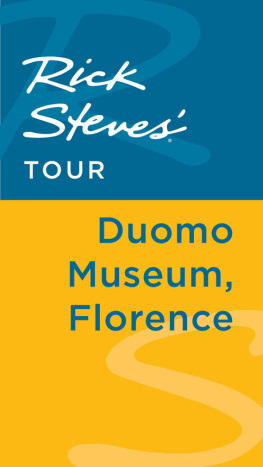
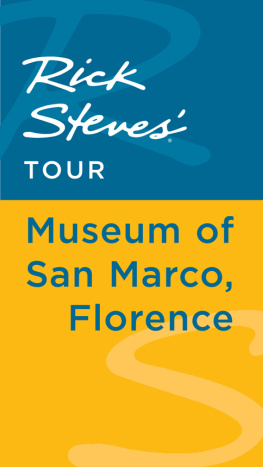
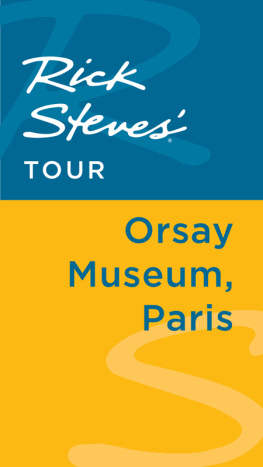






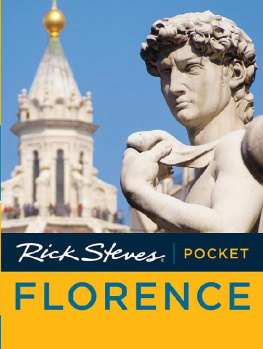


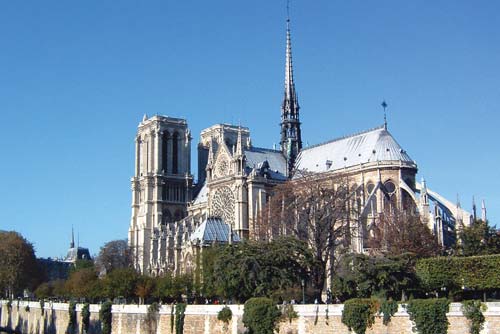
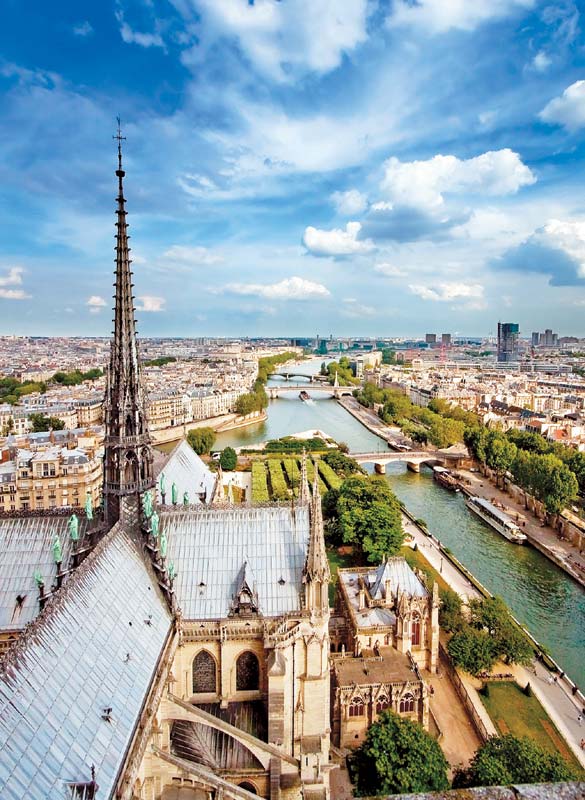
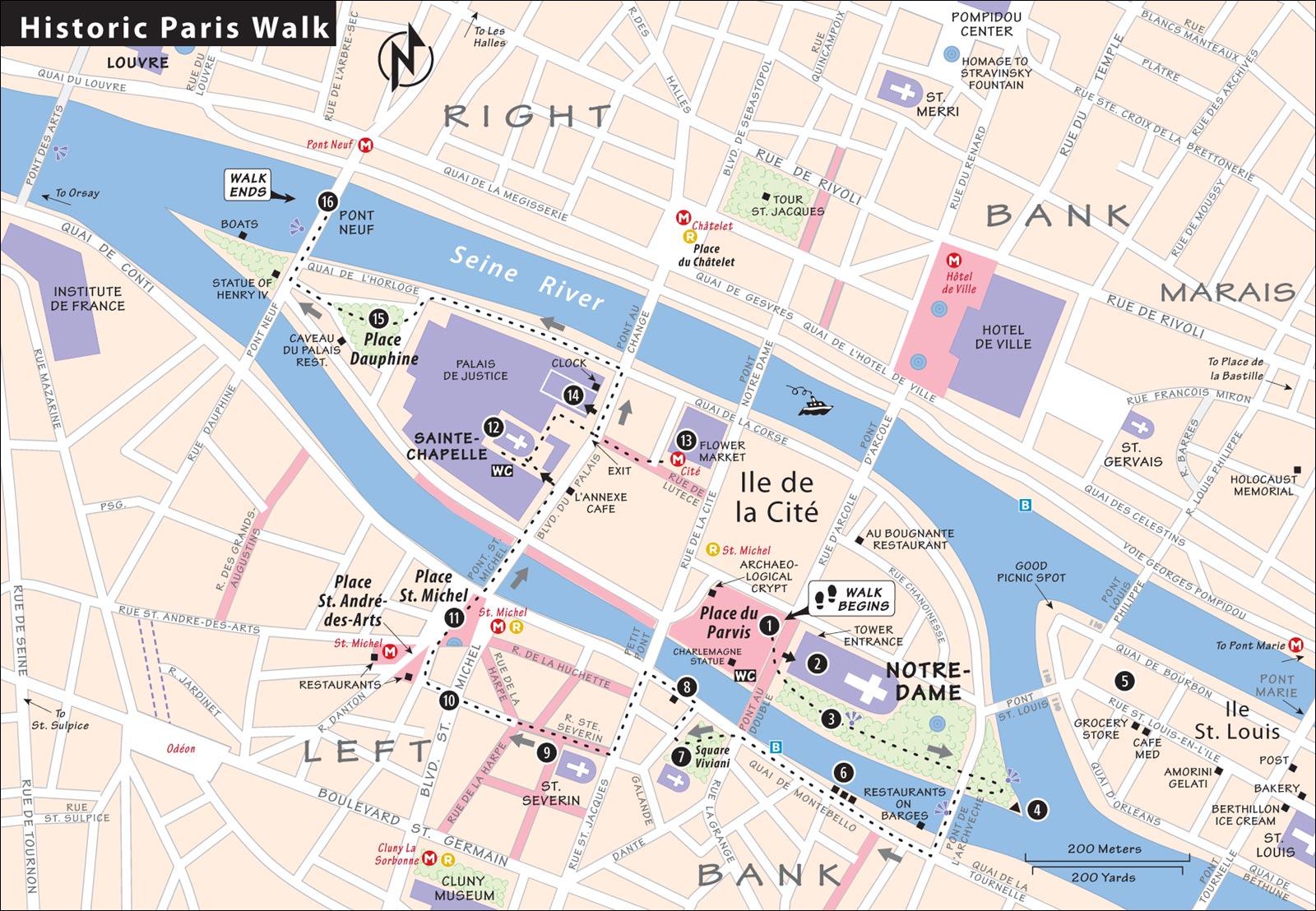
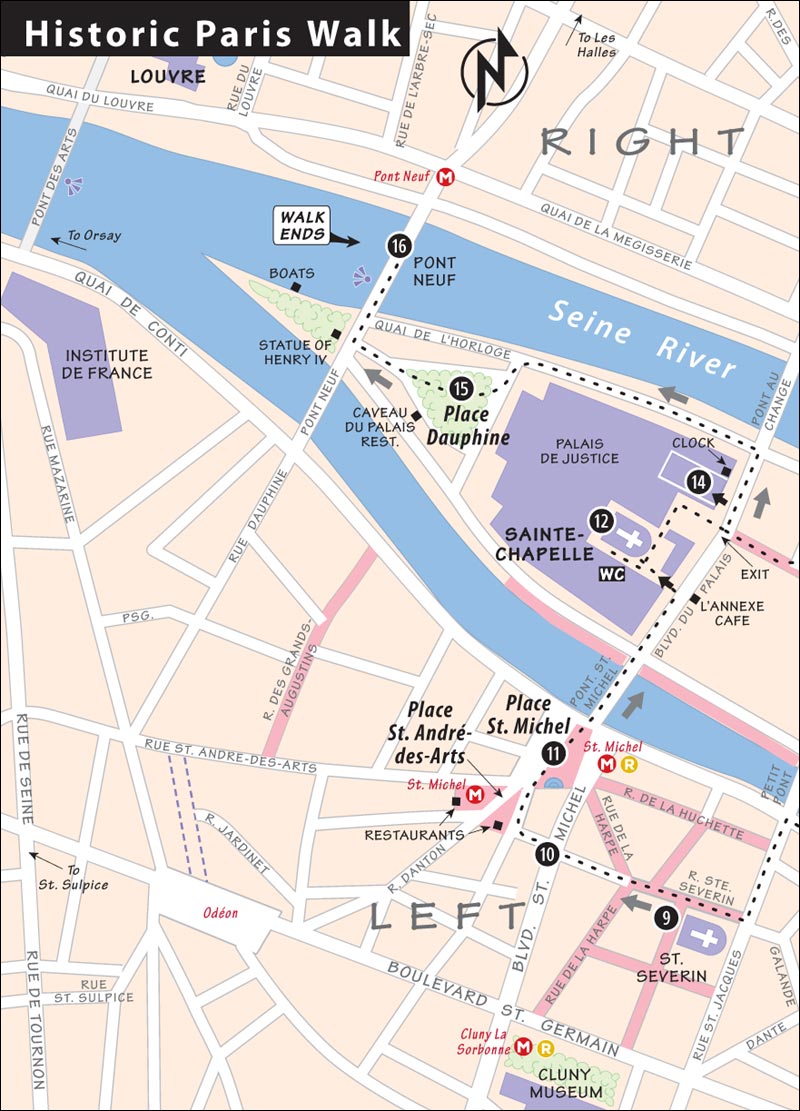
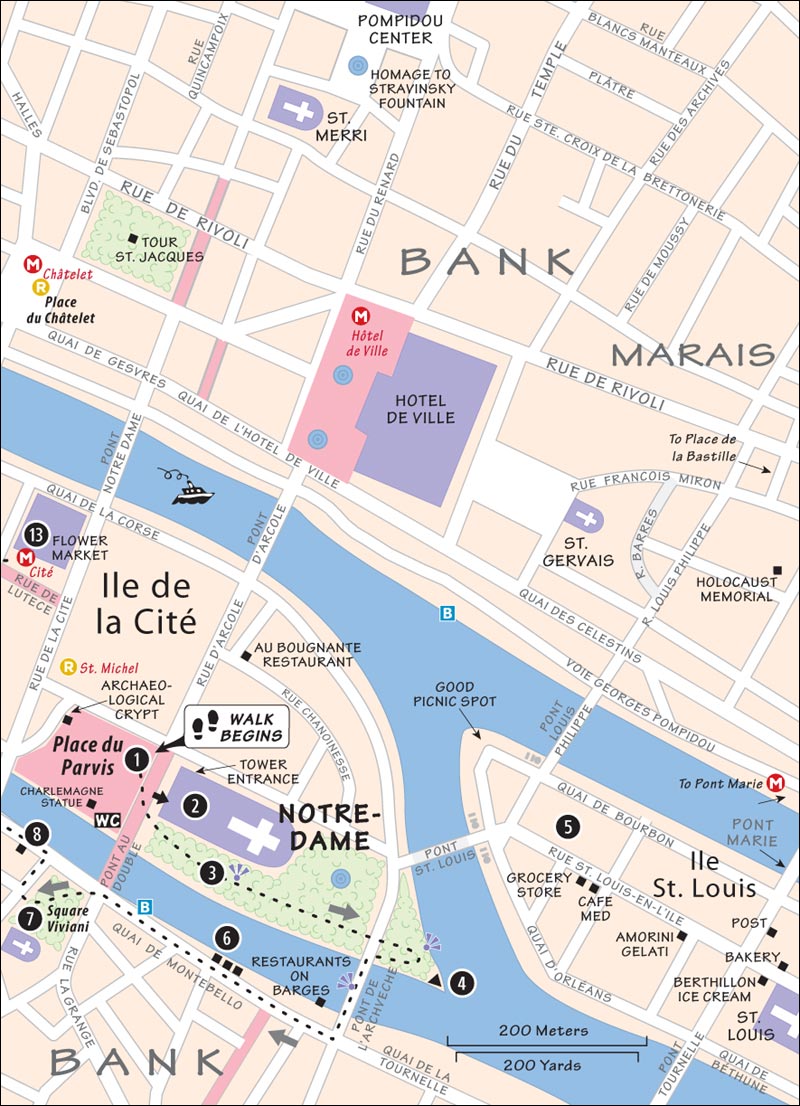
 On the square in front of the cathedral, stand far enough back to take in the whole facade. Find the circular window in the center.
On the square in front of the cathedral, stand far enough back to take in the whole facade. Find the circular window in the center.
